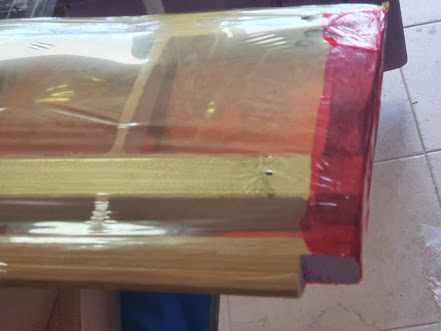Internet Weather Links
Weather is kind of important for a solar RC airplane. We don't want rain, or too much cloud, or too much wind. So we will collect some links here, trying to move the best toward the top, for checking weather near us. WindGuru Aguilla Seafeathers Bay - Can see how much cloud, rain prediction, wind speed and direction. Windy.com East Anguilla - map showing wind at different date, time, altitude Caribbean Radar Composite - Radar from all around the Caribbean. Can see where it is really raining right now. ANIMATION SATELLITE et RADAR de METEO FRANCE - Radar from satellites Tropical Weather, Hurricane Watches - major storms



